A surprisingly little-known serial killer operated on the streets of London during the 1960s, a killer responsible for slaying up to eight women in a case striking parallels with London’s infamous Jack the Ripper. Now, author Robin Jarossi lifts the lid on this historical case, with access to case files and interviews with the world’s leading geographic profiler, The Hunt for the 60s’ Ripper tells the entire story.
Between 1964 and 1965 the nude bodies of women were found around the Hammersmith area of London, near or in the River Thames. All had been brutally murdered, most strangled until they could no longer breathe with many missing a number of teeth. In a case which over the years has been referred to as the 60s’ Ripper, the Nude Murders, and the Hammersmith Murders, it is one which remains unsolved with a great deal of mystery surrounding the individual who was behind these kills, his motives, and the reason why he suddenly stopping killing in 1965 after almost one year of murders.
THE HUNT FOR THE 60s’ RIPPER by Robin Jarossi
Mirror Books, 13 July 2017, Paperback and Kindle, 200 Pages
Robin Jarossi is a London-based freelance journalist and writer who began investigating these murders in search of the truth behind the case. He has explored the high-profile investigation at the time and the many theories that have been put forward as to who was the killer.
Extensively researched, his book The Hunt for the 60s’ Ripper, is a fascinating piece of work that leaves no stone unturned. His writing is fluid and engaging providing page after page of detail, analysis, and understanding on this intriguing case.
Particularly appealing is the scope of Jarossi’s research allowing him to discuss the wider aspects of the case, the media response, and the attention on the lead detective assigned to the murders Detective Chief Superintendent John Du Rose. He addresses the many outstanding questions in this case and provides his own conclusions as to who most likely carried out these murders and why he was able to evade detection. These are conclusions that I am not going to reveal here and spoil your read but are ones most definitely worth reading.
Robin Jarossi has kindly given me his time to answer my questions on how his book came about and his own thoughts on some of the mystery that has surrounded the case from the moment it broke.
Q&A With True Crime Author Robin Jarossi

Q. As a journalist and freelance writer, what drew you towards this particular case and to decide to write the book?
RJ – The Mirror was considering launching a true-crime magazine and I wanted to see if there was a case I could write about for it that was not that well-known. In the end they didn’t do the magazine but I was able to develop the idea into a book [which was published by Mirror Books]. When I stumbled onto the 1960s Nude Murders I was flabbergasted that I had never heard about such a recent series of murders – in London, too.
Q. On a decade’s old case such as this, how did you go about your research and what resources were you able to find about the murders themselves and the investigation carried out at the time?
RJ – I loved the whole process of interviewing people and rummaging around museums and the Mirror’s immense photo archive. I was particularly interested in understanding the differences between how the murders were investigated in the 1960s – a time when the phrase ‘serial killer’ had not been coined – and how modern investigators would tackle the case. I was lucky to meet Brian Hook and Andy Rose, two recently retired detectives who now teach at West London University. They were incredibly generous with their time. They spent a whole day visiting the body-deposition sites with me, and many hours answering all my questions. They were very interesting and frank in discussing how police attitudes have changed in recent decades. In addition, I was really pleased to be able to talk Dr Kim Rossmo into looking at the case with me. He is one of the leading international geographic profilers. He made many fascinating observations and did an analysis of where the killer may have lived in west London.
Q. These murders took place the middle of the 60s, an era in London characterised by underground crime and remembered for gangland duos like the Kray Twins. How much do you think this culture at the time of the murders affected the investigation and how the murders are remembered today?
RJ – There was a prominent street trade in sexual services, despite the 1959 Street Offences Act. By attempting to stop street soliciting by prostitutes, the law helped to shift the trade to hostess clubs, agencies and kerb-crawling drivers. Or women used several names to try to get around being fined. But criminalisation also continued to make the sex trade an underground, secretive world, and the women’s isolation made investigating their murder incredibly difficult. Time and again detectives found it hard to piece together accurately their last movements or who they had been with. And quite often appeals for witnesses to come forward – most notoriously, the two men who were clients of Frances Brown and her friend on Brown’s last night alive in 1964 – were simply ignored. This was a hidden world where people often did not want to get involved.
Q. Within your book you examine some of the media reactions to the ongoing investigation and the police use of the media, especially by lead detective John Du Rose with regards to his progress and conclusions. What impact do you think such media frenzy had considering the killer was most likely reading all of these reports as they were printed?
RJ – I spent a lot of time at the British Library reading the press coverage. My impression was that the press were more deferential during the Sixties – newspapers were not as strident and tended to do straight reports of what Scotland Yard was telling them. There was little or no outright criticism of the police. I think the pressure on the police was internal. Despite the apparent lack of public sympathy for the victims, Scotland Yard were doing everything they could to catch the killer. It was a huge strain on the Met.
Q. You spent time and attention on the victims of these horrific killings in your writing and their lack of justice with the case remaining unsolved. Do you feel the murder victims, their lives and their families’ loss got somewhat forgotten against the profile and media reporting of the investigation?
RJ – Yes, some of coroners’ reports and other documents show that the victims led desperate lives, but there was little sympathy expressed for them in the press. The focus was on Scotland Yard’s finest or on speculation about what kind of ‘maniac sex killer’ was on the loose.
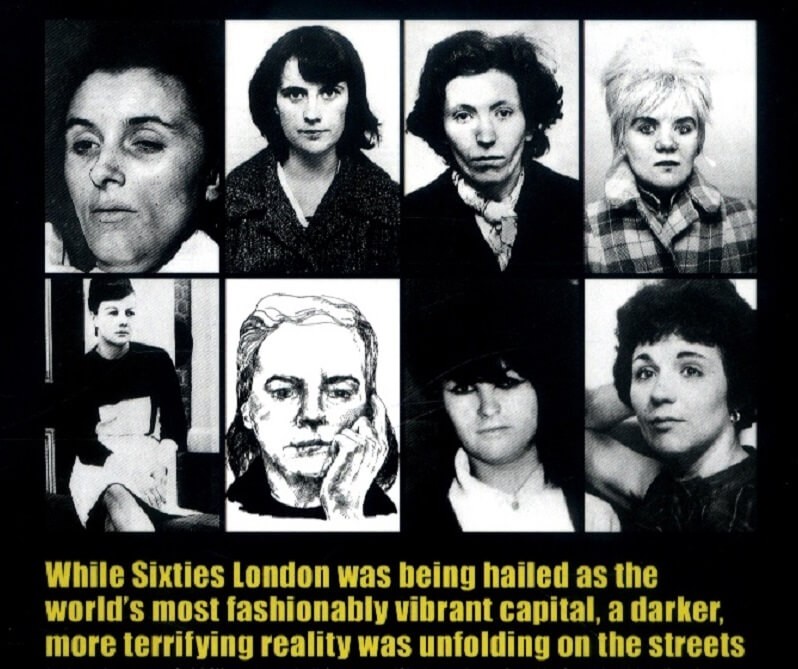
Q. As the murders began to mount, the investigation quickly became very large, difficult to manage and clearly struggled to cope. If better manpower and more resources were available at the time, do you think the killer would have been caught?
RJ – Ironically, they probably didn’t need more manpower and resources – Detective Chief Superintendent John du Rose already had hundreds of detectives and officers at his disposal. The problem was more that they didn’t know where to look, so they looked everywhere, and processing all the data and leads coming in became a headache. Huge efforts were made to record the licence-plate numbers of every car seen in west London late at night, to scour 24-square miles of the city for a place where the bodies may have been stored. Modern investigations – which have learned a lot from the failures of the Yorkshire Ripper case – attempt to focus their resources more narrowly. This is where modern techniques such as geographic profiling comes in.
Q. Much of the investigation into the Nude Murders focused on the Heron Trading Estate, where the body of the final victim Bridget O’Hara was found and it was believed the killer was storing his victims’ bodies. After finding no new evidence, Du Rose later concluded the killer may have chosen this location as he knew it could not be traced back to him. Do you feel the investigation wasted too much time focusing on the Estate as the vital link in the case, or simply that they had no other leads to go on?
RJ – They had few really good leads. It was only logical that the place where the bodies had been stored could provide an incriminating lead to the murderer, if it was his home or place of work, for instance. But it turned into a huge slog to find the place, with hundreds of forensic samples being taken from properties all over west London. In the end, the killer led the police to it himself by leaving Bridie O’Hara there. And, of course, he’d once again been one step ahead of detectives – it was a derelict building that gave nothing away about the perpetrator’s identity. That must have been heart-breaking for du Rose’s team.
Q. After January 1965, almost one year after the murders began, these killings suddenly stopped. There are many reasons why this may have been the case, death or imprisonment of the killer, fear the police were closing in or a move to a different area. What are your thoughts on why this killer suddenly ceased his activity?
RJ – He could have died, he could have been jailed or moved away, he could have lost his appetite for killing. But I suspect the heavy police presence on the streets and the fact that he had nearly been spotted a couple of times may have made him realise that he would be caught sooner or later if he did not stop.
Q. John Du Rose did reveal a prime suspect, a man later revealed to be Mungo Ireland who committed suicide one month after the final murder however, evidence against Ireland was very thin and considerable doubt has been raised with regards to him as the killer. Why do you feel Du Rose made this announcement, a get-out statement to try and resolve the investigation and quell the media attention on him or a genuine belief that Ireland was responsible?
RJ – Professional vanity, probably. He was known as ‘Four-day Johnny’ for the speed with which he closed cases. But this case, the biggest investigation the Yard had ever undertaken, remained unsolved. Du Rose had a very successful career and was highly decorated – perhaps this conspicuous failure irked him and he didn’t want to admit defeat. He had predicted all along that he would catch the killer.
Q. The Hunt for the 60s’ Ripper is a fascinating book which has been very well received by reviewers and readers alike. Do you have a next project in mind and will it be another true crime book?
RJ – I am talking to a couple of former detectives about collaborating on projects, but I would like to research another old case, too. The Bodkin Adams case has always interested me, but I need to see if there is anything new to say about it.
Prefer Audiobooks? Audible 30-Day Free Trial with free audiobooks











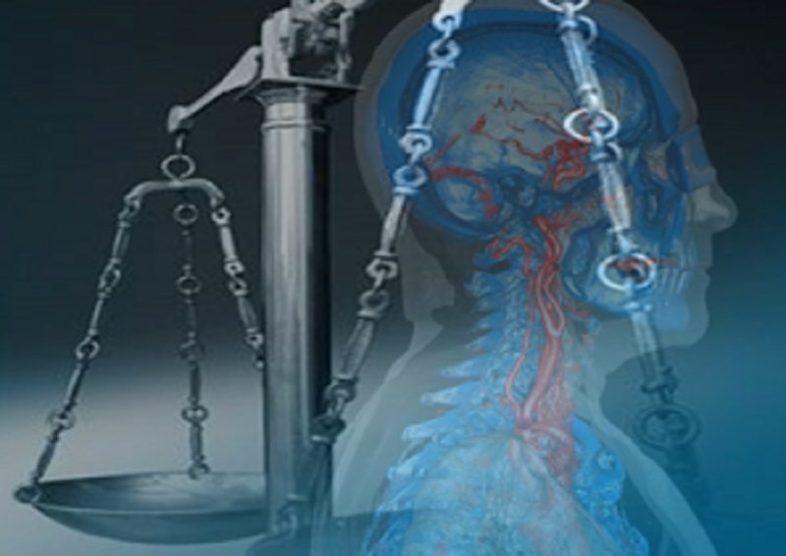
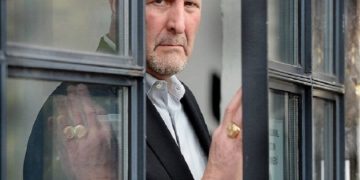
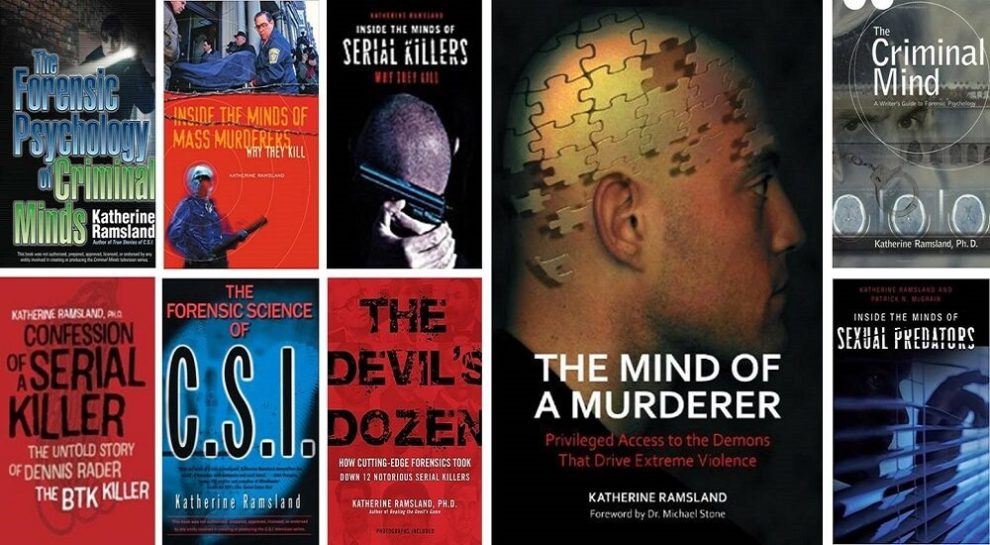
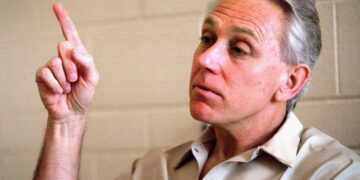
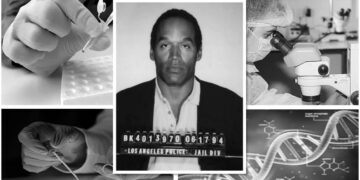
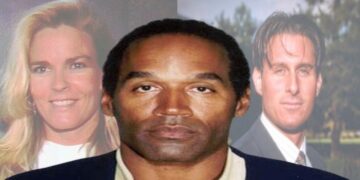

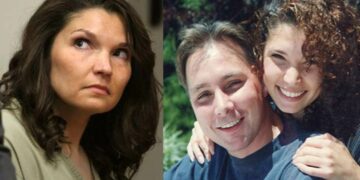

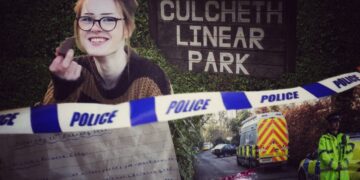

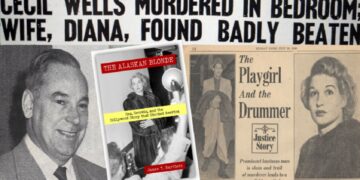
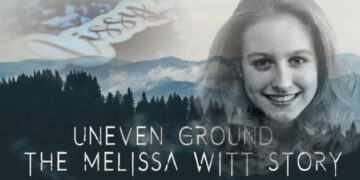


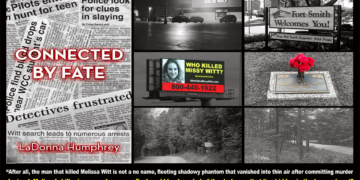
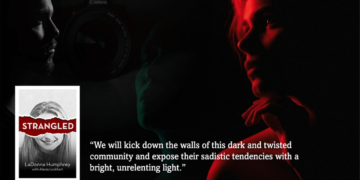
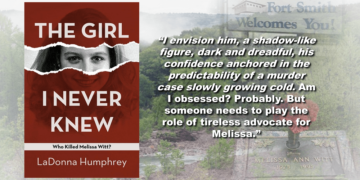
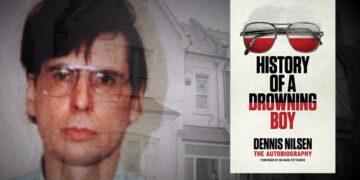
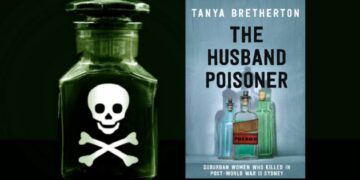
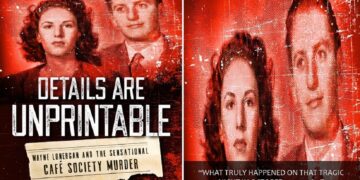



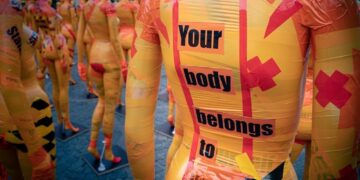

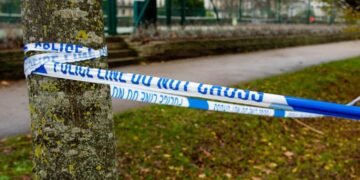

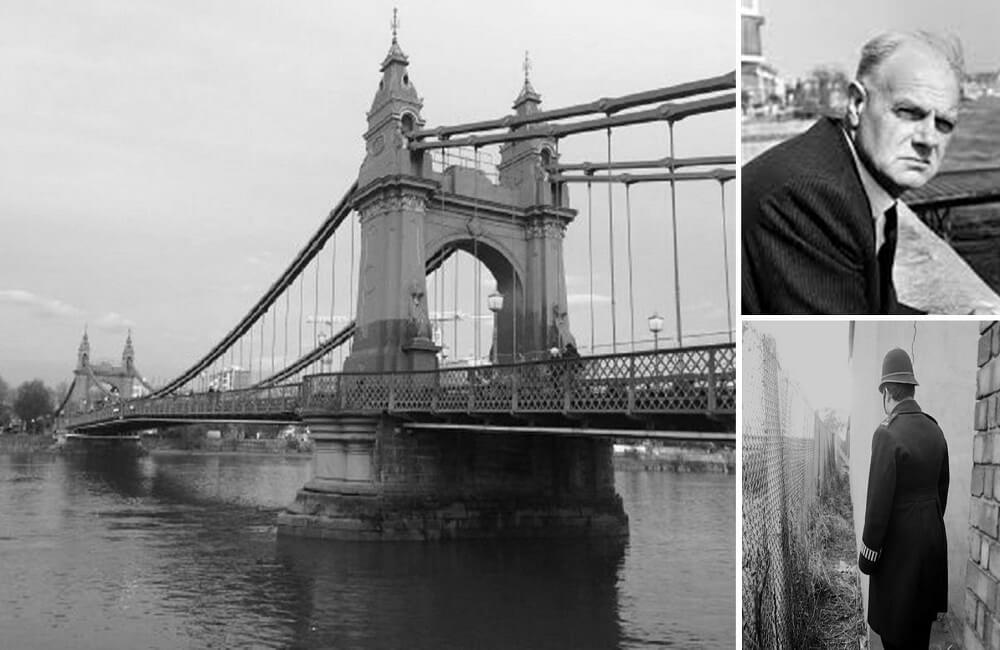
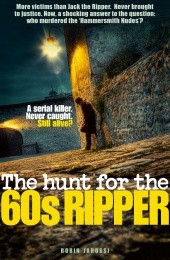
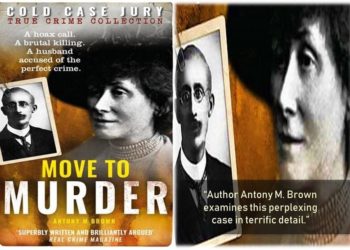
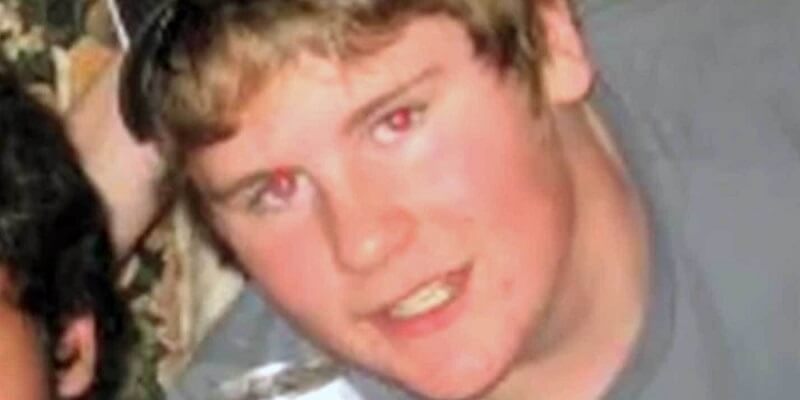
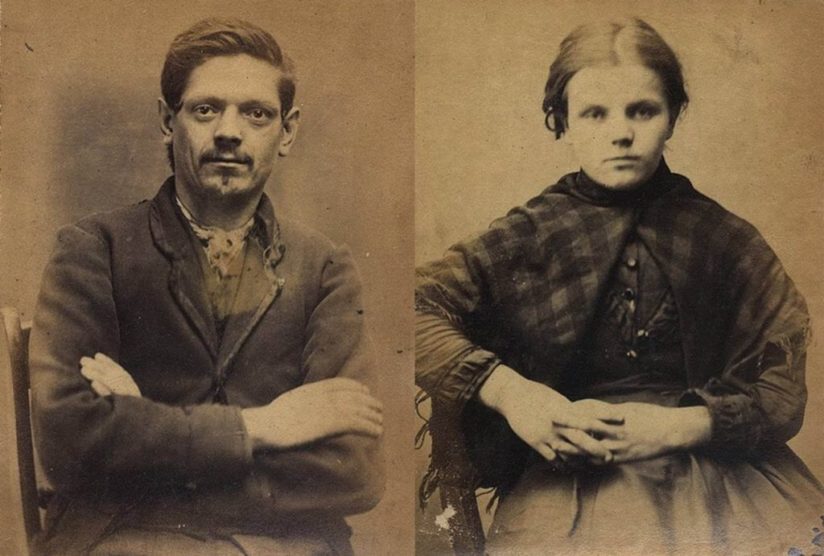


Excellent site. Plenty of useful info here. I am sending it to a few friends and also sharing in delicious. And obviously, thanks for your effort!